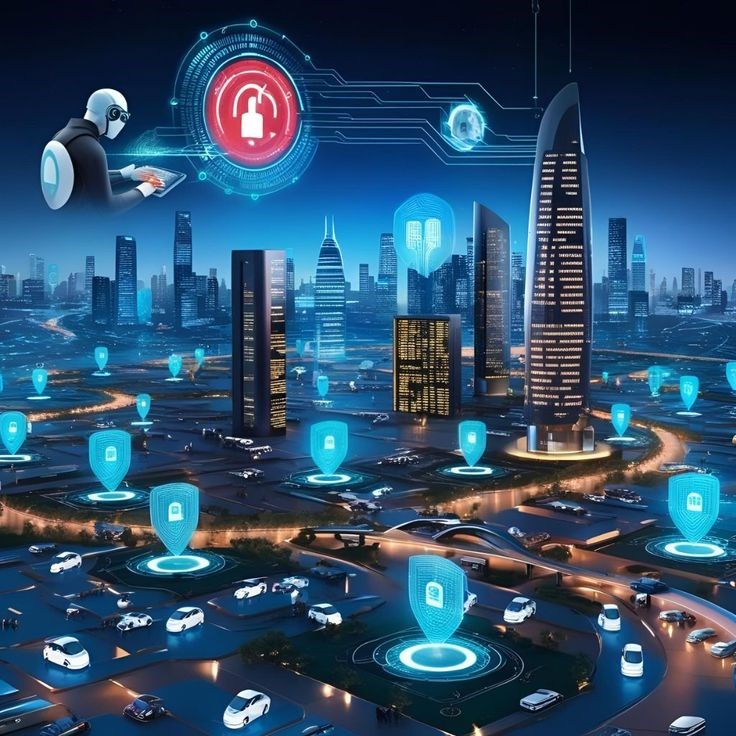The current developments such as IoT and enhanced telecommunications networks like 5G pose a significant threat concerning cybersecurity. Every day, the number of connected devices reaches billions and thus makes networks more vulnerable to attack. The advantages of high speed and low latency of the 5G make the speed of data transmission higher, but as a result, cybercriminals receive new opportunities to penetrate and negatively influence networks, increasing risks for data leakage and questionable network security.
One major disadvantage is the issue of the raised attack surface. More connections with the IoT devices are made adding more chances to take advantage of the inadequate security measures. The problem is that a significant number of IoT devices do not possess dependable encryption and authentication, thus becoming an appealing target for hackers. Lack of security measures puts the business and the consumers at peril of either an invasion, loss, or violation of their rights to privacy.
Another issue is network slicing, which is one of the key characteristics of 5G technology, according to which several separate virtual networks can be built on one physical network. It has the advantage of efficiency in most cases but at the same time also introduces numerous isolated hacks. Should one slice be breached, the attacker may penetrate the important services. Techniques like weak segmentation and misconfigurations of systems create broad susceptibilities that may endanger essential operations from cyber attacks.

There is also a serious threat to conventional botnets, which are networks of infected devices, particularly those connected to the Internet of Things. Hackers can easily gain control over poorly protected devices with the intent to create a large botnet for conducting DDoS attacks thus disabling networks and services. When it comes to 5G speeds, such attacks get even stronger and much harder to prevent. Lack of sufficient protection of IoT determines that criminals can take advantage of various opportunities and consequently the threats are escalated.
To reduce these risks, stronger and better security measures have to be put in place by businesses as well as manufacturers. Some measures include end-to-encryption, updating of software often, and tightening security in authentication. The governments and regulatory authorities should set proper checks and balances for IoT and 5G connections to avoid breaking into such networks. This is more so given the heightened volatile nature of the technologies today; hence, the need for cost-sensitive, proactive security measures lest the adoption of the technologies provoke severe cyber-crime threats and derailed economies.
Conclusion
The IoT and 5G network expansion are beneficial in many aspects, but they remain vulnerable without proper protection. All organizations should undertake protection from hacking through the use of encryption, constant updates, and strict authentication. Another measure that needs to be taken too eliminate large-scale breaches is regulatory enforcement. Preventive measures must be taken to protect information, networking systems, and privacy in light of the growing complex environment.